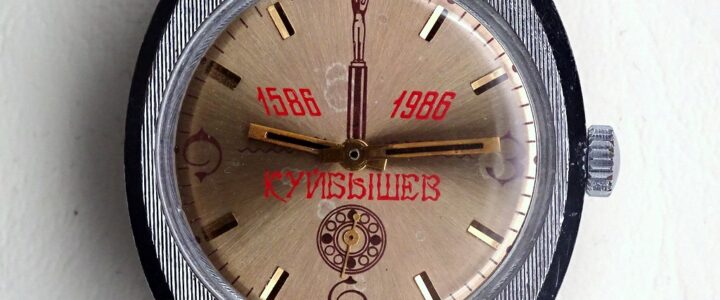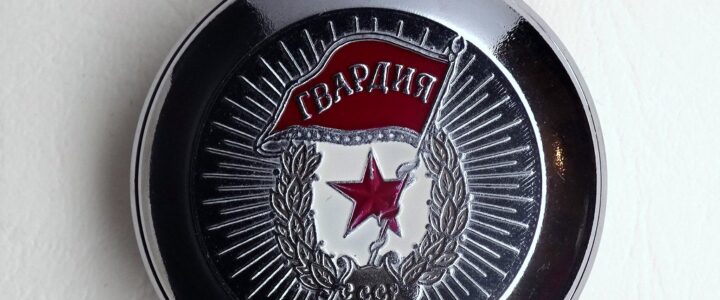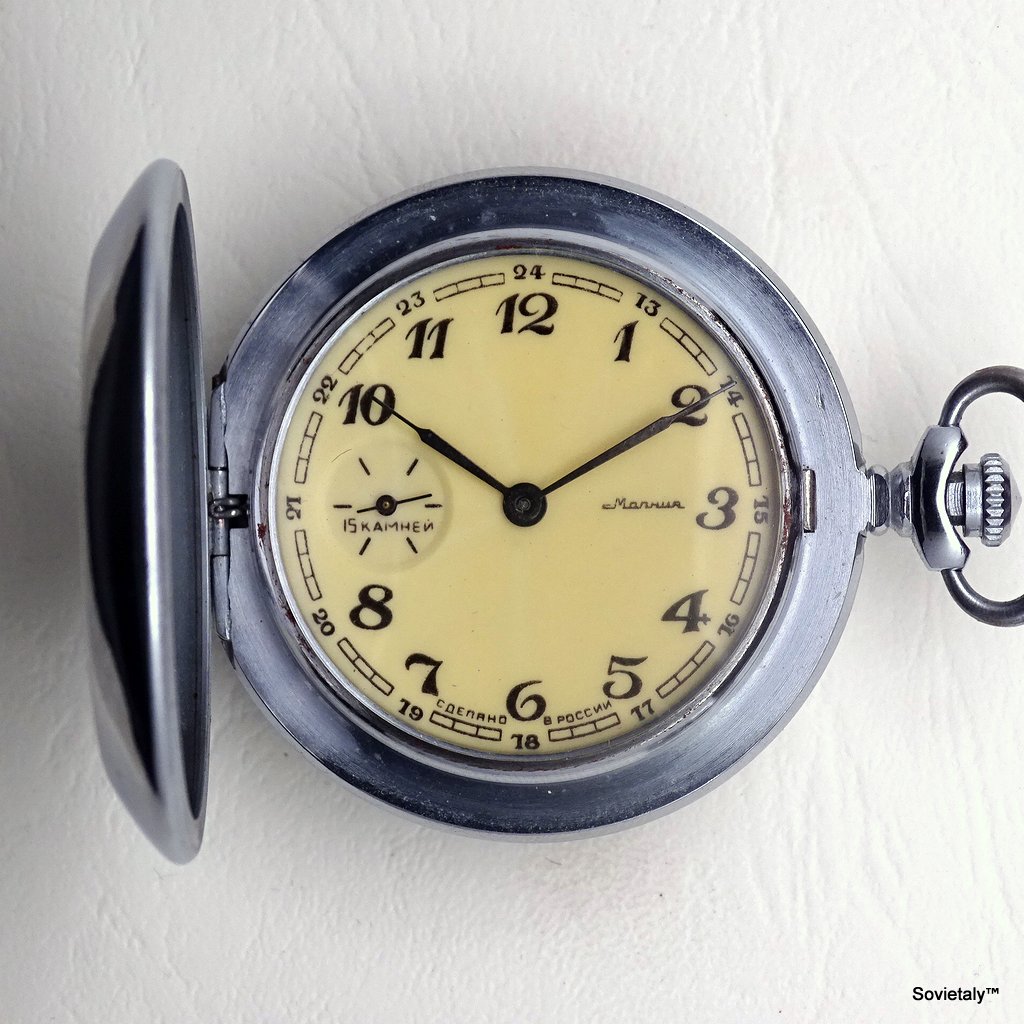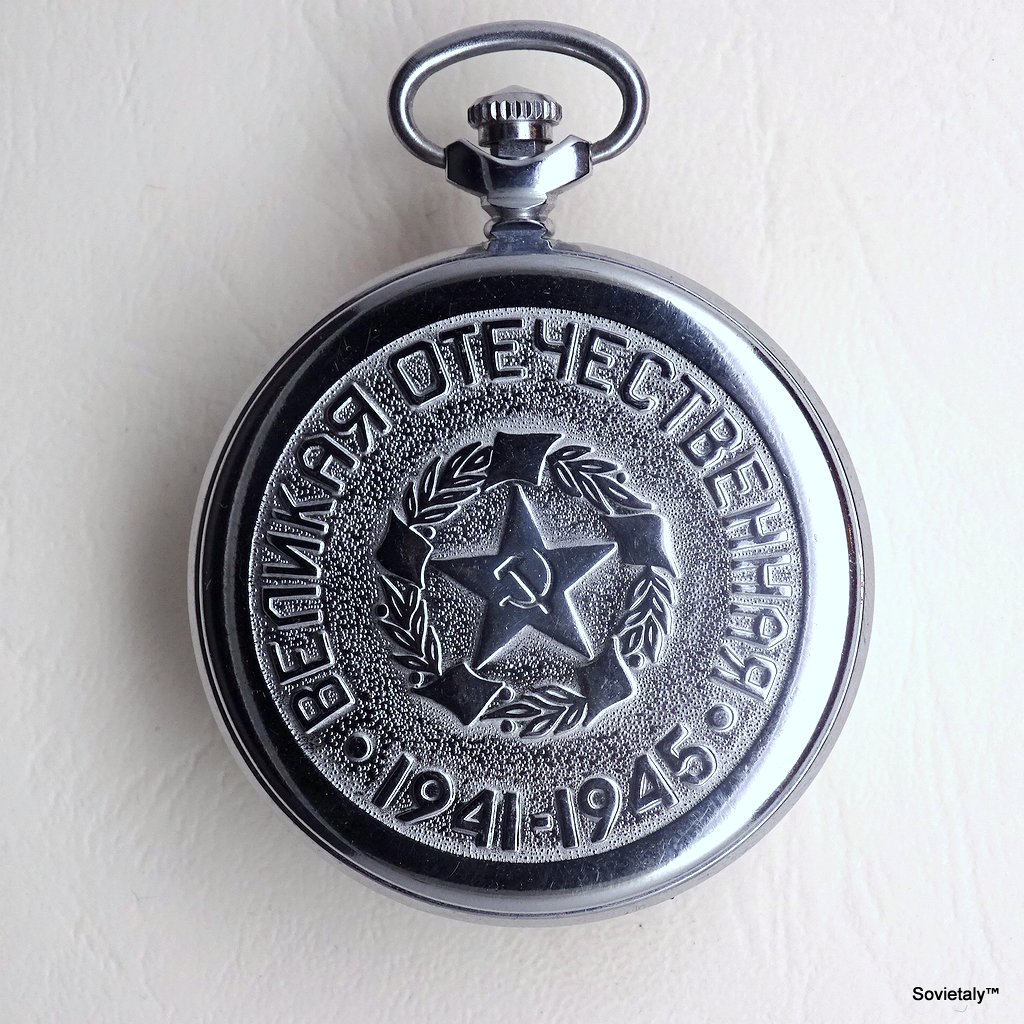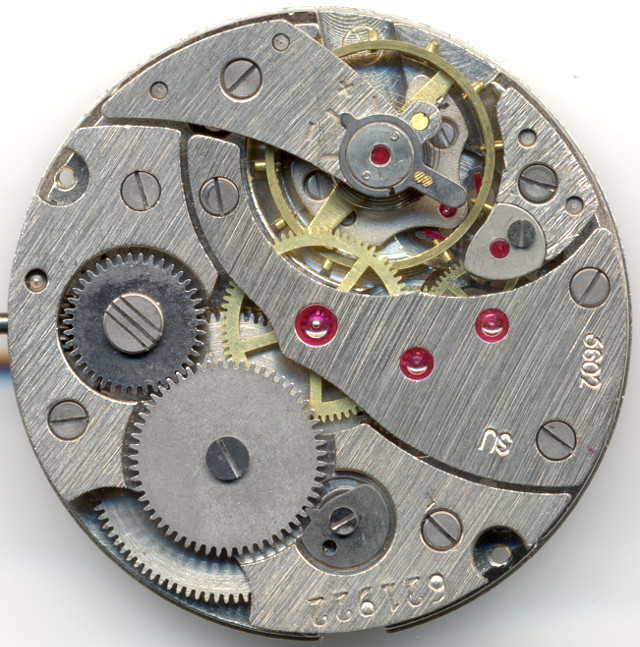One of the most fascinating aspects of collecting watches is discovering what they commemorate or represent. This passion led me in November 2020 to discover a Soviet Zim watch with a champagne-colored dial and a monument depicted on it, which was unknown to me at the time.
The Zim Watch
This Soviet Zim is well-preserved, with a champagne-colored dial that is rich in detail but aesthetically very pleasing. The main elements are well distinguished, and the dial depicts the Monument of Glory in Kuibyshev, now known as Samara. The dial also bears the inscription “Kuybyshev,” the name Samara had from 1935 to 1991 in honor of the Bolshevik leader Valerian Kuybyshev.
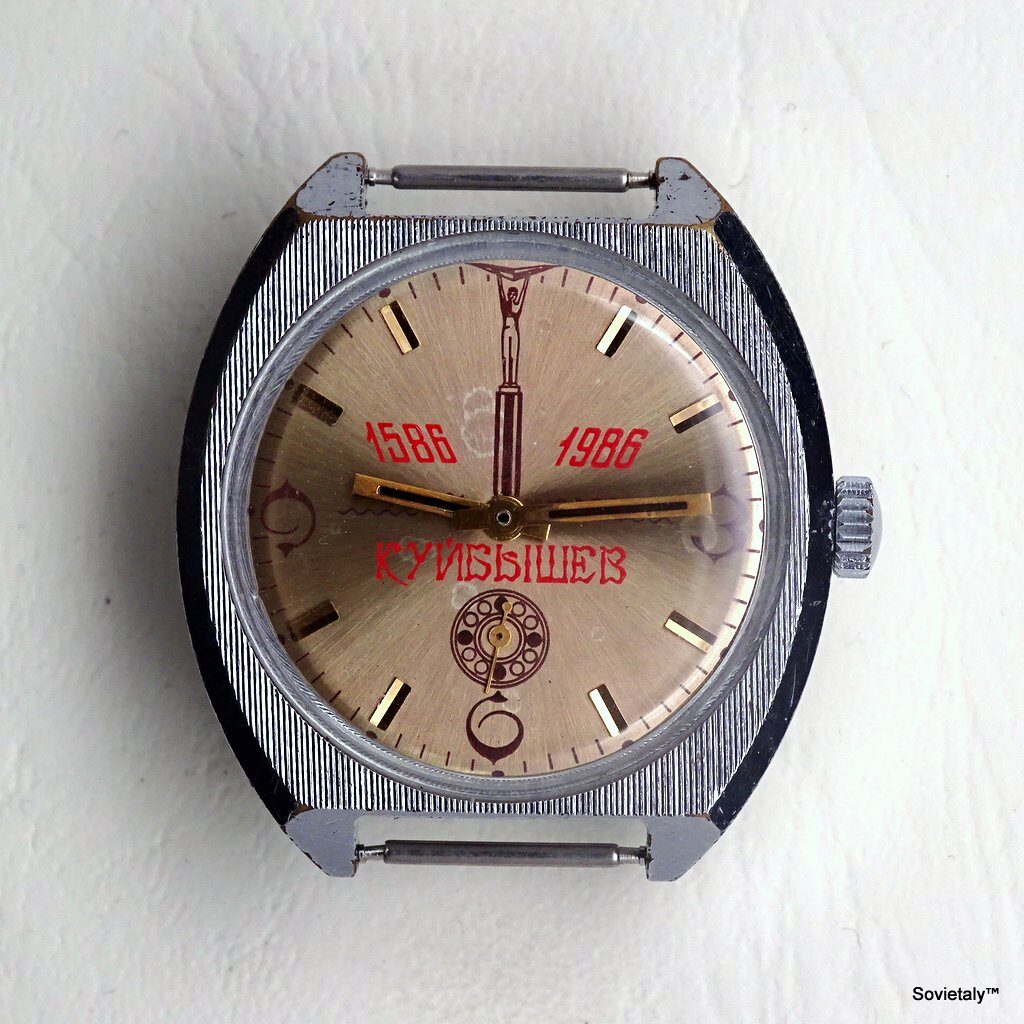
Details of the Watch
The hands, including the small second hand, appear to be original. The dial is in excellent condition, although the watch seems to have been used. The plexiglass may have been replaced. On the dial, between three and nine o’clock, are the waves of the Volga River, adding a touch of elegance and geographical context to the watch.
The Back of the Watch
The case shows signs of wear that have removed the plating, revealing the brass underneath. The stainless steel case back is fixed with a screw-down ring, also in steel. The back bears a serial number: 524715. Although the serial numbers of Soviet watches do not have a particular significance, they are useful for identification through the watch passports.
The Movement of the Watch
The heart of the watch is a simple yet effective Pobeda 2602 caliber without antishock.
Characteristics of the Pobeda 2602 caliber
The Monument of Glory in Kuybyshev
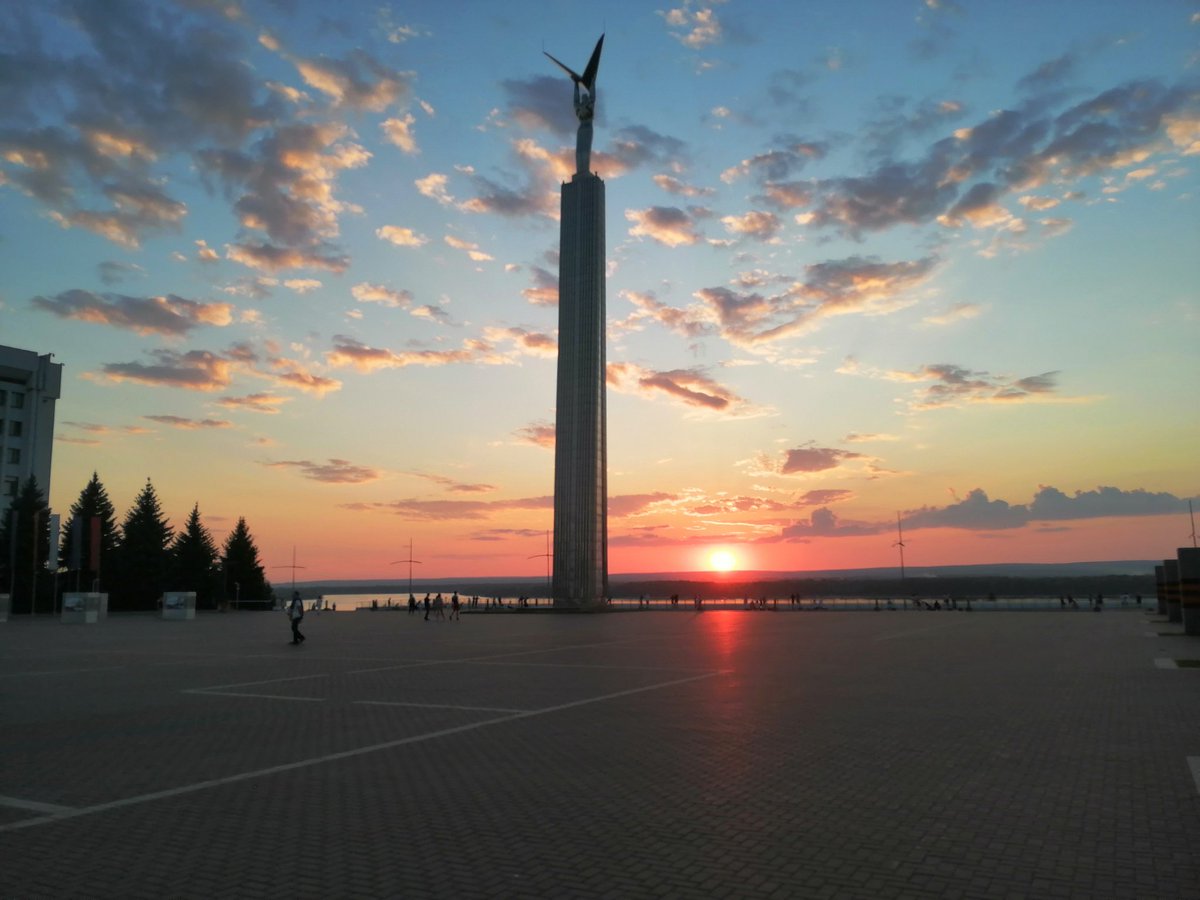
History and Construction of the Monument
Located in the city of Samara, the Monument of Glory is dedicated to the workers of the aviation industry who contributed significantly during the Great Patriotic War. Built between 1968 and 1971, the monument was created by sculptor Pavel Bondarenko, artist Oleg Kiryuhin, and architect A. Samsonov. The structure, over thirty meters high, is made of a stainless steel alloy. The inauguration took place on November 5, 1971.
More information on the history of the monument
Historical Images of the Monument
A selection of historical images allows you to appreciate the monument in various periods, probably starting from its construction in 1971.

The Monument of Glory Today
The monument is located in Slavy Square, with the Volga River in the background. This detail is also depicted on the watch’s dial. The monument, made of an aeronautical alloy, features vertical lines at the base and shiny steel representing rays of light directed towards the sky. The statue on top, 13 meters high, depicts a figure with wings spread.

Video of the Monument
Various videos online show the grandeur of the Monument of Glory and the adjoining square. Here is one of the best from 2019:
The City of Samara
The watch dial shows the founding date of the city of Samara, 1586. Interestingly, one of the earliest representations of the city is on a 14th-century Italian map when Samara was considered a pirate haven.
The two dates on the dial refer to the city’s 400th anniversary (1586-1986).
This watch perfectly represents why I love collecting Russian and Soviet watches: each piece is a journey through time and space, allowing me to visit historical moments and fascinating places just by looking at the dial.

